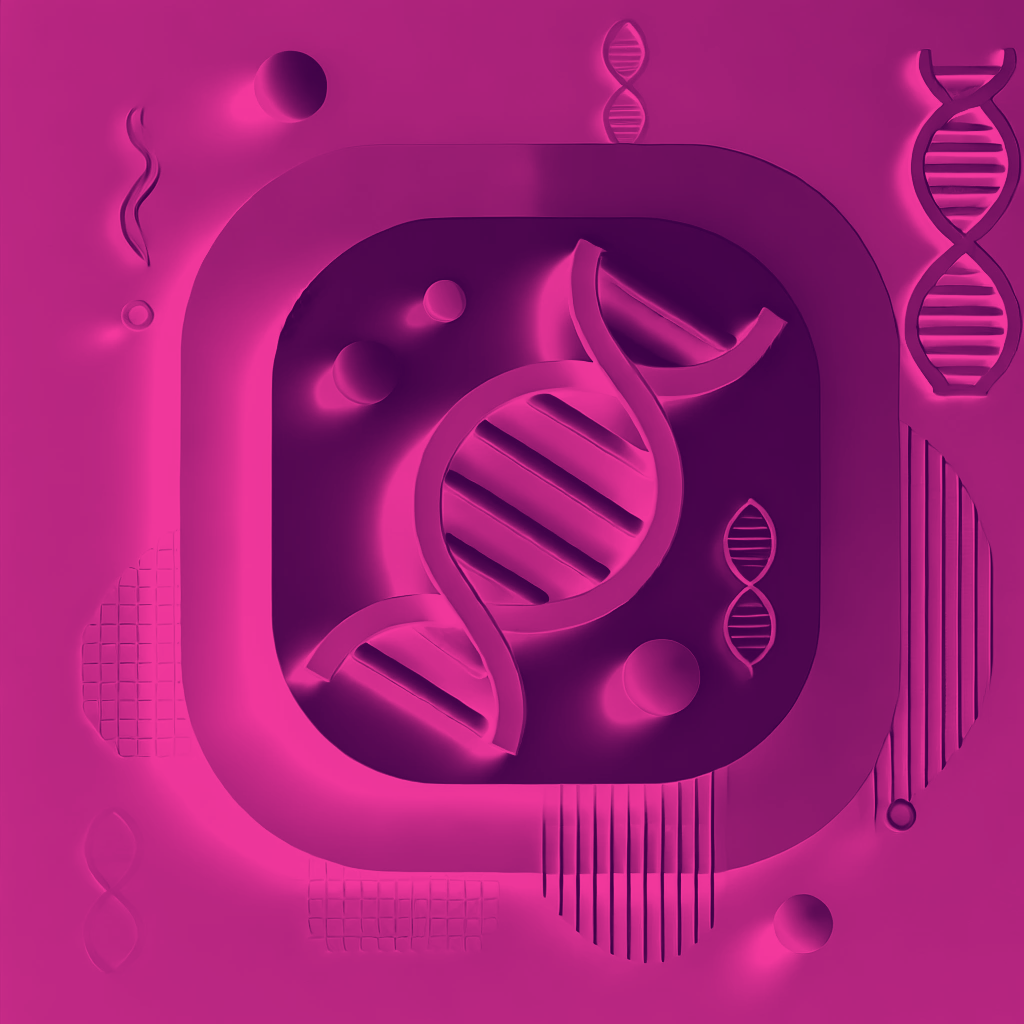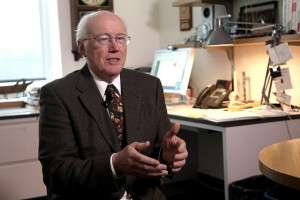Theory of Evolution
Biologist Steve Jones on Darwin, Lamarck, and the uneasy relationship between evolution and genetics

Biological material collections have played a crucial role in the development of biology as a science. The process of creating such collections began as early as the 17th century. One of the most famous examples is Carl Linnaeus’s botanical collection, which was not only intended for scientific classification of plants but also served practical purposes in botanical gardens. In the context of late 20th and early 21st-century biology, genetic material collections have gained increasing significance. These are often referred to as “biobanks.”
The concept of a biobank is not yet well-established in the scientific literature. Today, many synonyms are used interchangeably, such as biorepository, biological repository, and biological collection. Due to the ambiguity of the term, a biobank could refer to anything from a private collection stored in a researcher’s personal freezer to the UK Biobank, which houses millions of samples.
Despite the varying definitions, biobanks share some common characteristics. First and foremost, they store some form of biological material—this could include cells, DNA structures, and material from various living organisms, including humans, plants, animals, and microorganisms. While some biobanks maintain collections that span multiple biological species, special attention is often given to those that specifically house human biological material. The term “biobank” itself only started to appear in literature around the turn of the 21st century. At that time, there were only a limited number of biobanks globally, mostly in Europe and the United States, with about 150–200 different collections in existence.
Over the first two decades of the 21st century, not only did the number of biobanks grow, but so did the expectations placed on them by the natural sciences. Simultaneously, the range of issues requiring attention from social and humanitarian scholars also expanded. A review of global biobank operations shows that social and humanitarian expertise often accompanies the scientific objectives these collections support. This is because a biobank is a new type of institution at the intersection of science, technology, and business. The scientific aspect of biobanks involves not just storing biological samples and extracting information from them, but also addressing a wide range of problems related to biodiversity, identifying evolutionary patterns, and predicting future evolutionary processes.
The technological component of biobanks is tied to the fact that any biobank represents a form of infrastructure. For example, cryopreservation of biological samples requires specialized long-term storage methods. The information extracted from biological material also requires an accompanying infrastructure, such as large databases that need to be constantly updated and used in comparative research across various fields. As the global experience shows, the primary initiative for creating biobanks often comes from companies, particularly pharmaceutical ones. Thus, biobanks also represent a sphere where scientific and technological advances are applied in commercial settings.
Pharmaceutical biobanks, in particular, are developing rapidly because these companies are interested in using genetic material to speed up and reduce the cost of preclinical drug testing. A biobank can help identify which pathologies are common within certain populations, allowing pharmaceutical companies to allocate resources more effectively toward developing drugs in areas where they are most needed. Therefore, a biobank is a new type of institution that brings together the interests of various stakeholders, whose goals often do not align.
For social sciences and humanities, biobanks are intriguing because they create entirely new situations, conflicts, and contradictions that require evaluation on philosophical, social, economic, and legal levels. For a philosopher, biobanks are an example of a new form of institution that reflects a particular stage in the development of science, as well as the evolving relationship between science and technology. The term “technoscience” has been coined to describe the phase where the generation of knowledge is inseparable from its application, where both the technology and the scientific inquiry are subject to ethical and legal scrutiny.
Biobanks also present unique challenges for sociologists. Sociological methods are crucial for determining how different target audiences perceive biobanks, identifying patterns in the dissemination of scientific knowledge, and assessing whether such knowledge is interpreted accurately. This, in turn, can help develop more effective strategies for informing the public about biobanks, their potential benefits, and the associated risks.
Psychologically, biobanks are also interesting because they allow for an examination of how internal and external factors influence scientific development at this stage. Internal factors include the logic of setting and solving scientific problems, which is determined within scientific knowledge itself and is often driven by a deepening understanding of fundamental concepts without immediate concern for practical applications. The technological component, however, is always practically oriented. Since the Enlightenment, the translation of knowledge into technology has defined Western science. Biobanks not only accelerate this process but also create situations where the acquisition of scientific knowledge is increasingly dependent on technology. This shifts the direction of the scientific-technological process from not just science to technology but also from technology back to science.
Psychologists are interested in biobanks because the collections of biological materials and associated information streams offer new dimensions for addressing traditional psychological problems. For instance, in psychogenetics, the use of genealogical methods, studies involving adopted children, twin studies, and population research that assess the contribution of genes and environment to individual development can be greatly enhanced by biobank collections.
Psychologists are also needed in biobanks to assess current public attitudes and predict future trends in public opinion toward biobanks. The success of biobanks depends on broad public support. Therefore, the willingness and informed consent of citizens to donate their biological materials for scientific and applied research in biobanks largely depend on their psychological readiness to part with their biomaterial, potentially contributing altruistically to the advancement of science. Alternatively, individuals might consider whether they should be compensated if their genetic material allows a private company to profit from scientific discoveries.
Biobanks have given rise to a new structure known as biobanking. This term encompasses not only the infrastructure of biobanks, including collections, data on biological samples, and the engineering and scientific-technological solutions involved, but also the entire range of social, legal, and ethical issues that must be addressed as biobanks continue to develop. For example, any biobank aims to ensure that citizens voluntarily and through informed consent donate their material without strictly defining the purposes for which it may be used. If a citizen sets conditions—such as specifying a range of scientific problems they do not want their genetic material to be used for—the biobank faces the challenge of tracking which samples are used in specific research projects. This creates organizational, technological, and financial complexities. Moreover, a citizen might withdraw their consent at the stage of publishing scientific results obtained from their genetic information, further complicating the use of their material.
Every biobank works with anonymized citizen information. However, reconciling an individual’s right to control their genetic material—including determining which types of research are acceptable to them—with the need to generate broad scientific knowledge is a fundamental issue for biobanks. This problem cannot be solved using a one-size-fits-all approach, as each biobank, depending on its specific objectives, funding model, and the scale of its collections, must continually address ethical and legal regulations.
The existence of biobanks at the level of individual scientific institutions or countries does not eliminate the issue of transferring genetic knowledge across borders. It also raises questions about how different, including international, research teams will access genetic information. The question of how scientists will use this information based on the goals of their research in different countries remains open. The development of biobanks and biobanking requires ongoing participation from social and humanitarian sciences in addressing these emerging issues. This is why there is a need for continuous social and humanitarian support in this area.

Biologist Steve Jones on Darwin, Lamarck, and the uneasy relationship between evolution and genetics

Communication scholar Grant Kien on relational materiality, messy networks, and power as a social phenomenon

Computer scientist David Clark on the user's role in ensuring internet resilience, the policy of communication...